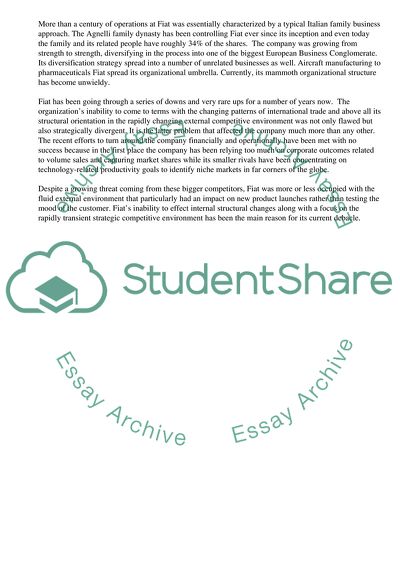Cite this document
(Fiats Fall from Grace - Can Fiat Turn It Around Case Study, n.d.)
Fiats Fall from Grace - Can Fiat Turn It Around Case Study. Retrieved from https://studentshare.org/management/1727302-fiats-fall-from-grace-can-fiat-turn-it-around-case-report
Fiats Fall from Grace - Can Fiat Turn It Around Case Study. Retrieved from https://studentshare.org/management/1727302-fiats-fall-from-grace-can-fiat-turn-it-around-case-report
(Fiats Fall from Grace - Can Fiat Turn It Around Case Study)
Fiats Fall from Grace - Can Fiat Turn It Around Case Study. https://studentshare.org/management/1727302-fiats-fall-from-grace-can-fiat-turn-it-around-case-report.
Fiats Fall from Grace - Can Fiat Turn It Around Case Study. https://studentshare.org/management/1727302-fiats-fall-from-grace-can-fiat-turn-it-around-case-report.
“Fiats Fall from Grace - Can Fiat Turn It Around Case Study”, n.d. https://studentshare.org/management/1727302-fiats-fall-from-grace-can-fiat-turn-it-around-case-report.


